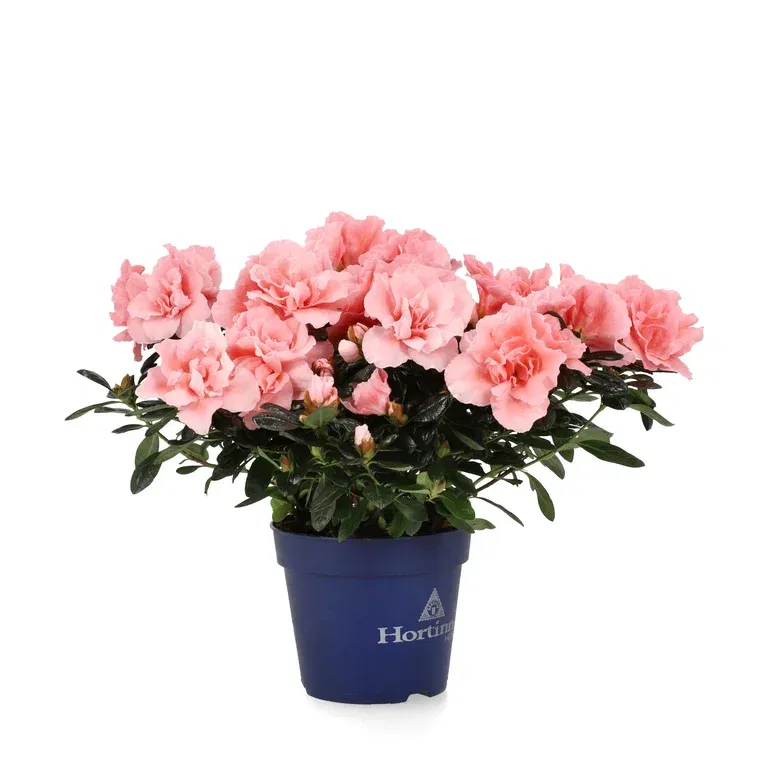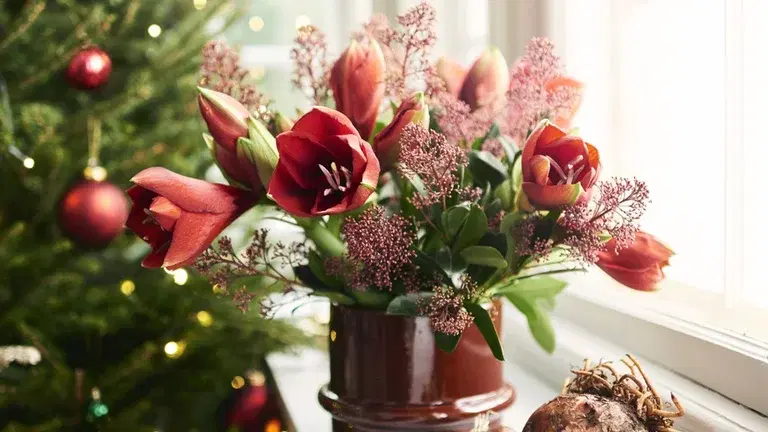Give new life to Christmas flowers – repot or plant outdoors
Celebration
Christmas
Christmas does not have to be a season for buy, use, and throw away. Most flowers we decorate with for Christmas can easily live longer than during the holiday weeks. Here are some durability tips for the most common Christmas flowers.








Written by Liselotte Roll
Swedish garden inspirer, journalist and author of books about nature, cultivation and animals, such as "Soil", "Grow for insects" and "Chickens as a hobby".
Topics:
Celebration
Christmas
























